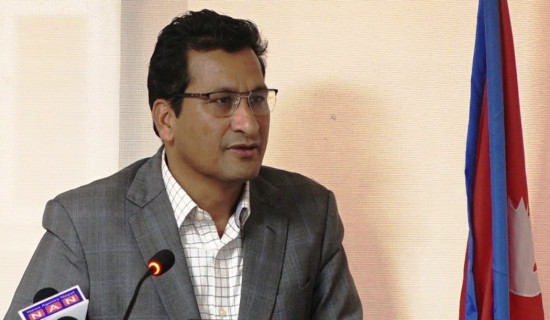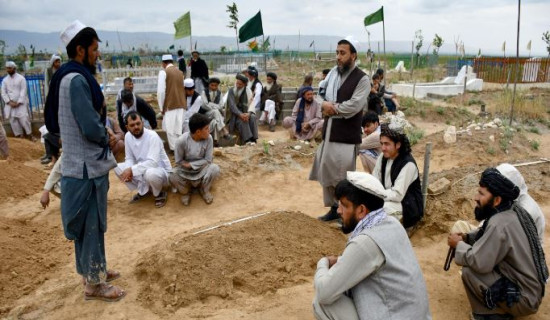- Tuesday, 14 May 2024
Handling Rapid Migration
Internal and external migrations have posed a challenge to achieve balanced and sustainable development in Nepal. These elements are closely related to population that forms an important component of development because it is multidimensional and requires proper management. The birth, death and migration of people bring about change to the population composition. So are its impacts on social, economic, cultural and political realms. If demographic growth, structure and distribution is managed scientifically, the migration issue can be handled easily and desired economic growth attained within the given timeframe. Focus should be given more on judicious distribution of resources and management than on control of population. This calls for clear population policy tailored to suit the economic vision, plan and programmes so that the people have easy access to the public goods and services - health, education, employment and social security.
Population mobility began to gain pace following the adoption of open political and economic system in 1990 though the trend of people migrating from hill to Terai existed in the past. With the haphazard urbanisation drive, more and more people have shifted to the cities in search of better livelihood prospects, modern facilities, quality education and gainful employment. Similarly, a rising number of youths have gone to work in foreign labour markets to make fortune as job opportunities have drastically shrunk at home. Likewise, many Nepali students have opted to pursue their higher studies in developed countries like the USA, Australia, the UK and Canada. Upon completing their studies, students seek to stay there permanently but the migrant workers return home after working there for some years. They also send home remittances, significantly contributing to the national economy.
Open border is cited as an important factor behind the increase in the rate of migration. Both internal and external migrations have drained the productive human resources, hitting the agriculture sector hardest. A vast swathes of fertile lands have fallen fallow, with the bulk of youths leaving the country. It has also changed the demographic pattern in terms of age and gender. Only the children, women and senior citizens are staying in the villages. The state needs to bring this weak segment of population within the social security net. The internal migration is fuelled by the dearth of opportunities, natural disasters such as floods, landslides and soil erosions and destruction of cultivatable land. At the same time, there is also a lack of effective mechanism to engage the displaced human resources in the productive works. On the other hand, challenges persist in management of fast evolving urbanisation. It is imperative to create an environment wherein the people can lead a decent and dignified life in the villages.
The other day, Minister for Health and Population Mohan Bahadur Basnet stressed the need of effectively implementing planned development concept and improving governance capacity. He put forth his views while addressing a national dialogue on enhancing the population and migration management jointly organised by the Health Ministry and International Organisation for Migration (IOM) in the capital. With the three-tier governments in place, they need to coordinate for utilising the available resources, strengthening the governance institutions and giving impetus to the local economy. More importantly, a balanced development strategy is needed to end poverty, illiteracy, geographical difficulties, unmanaged settlement and migration. A collective initiative is necessary to deal with the problems arising from migration. Otherwise, it will be difficult to achieve inclusive growth and shared prosperity.
















